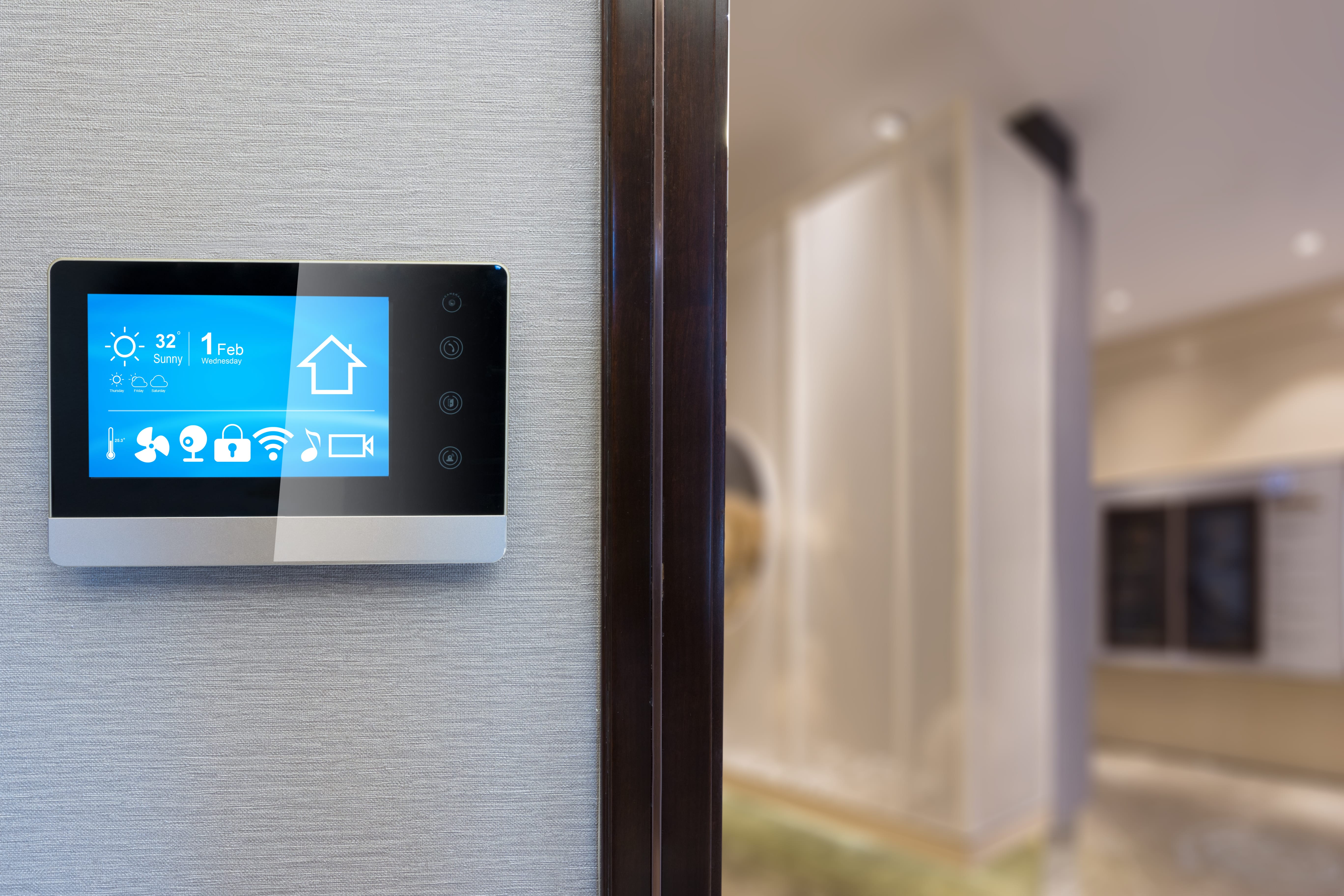Landscaping is one of the best ways to make a good first impression and improve curb appeal. But did you know that how you decorate and arrange your yard can also affect your indoor climate? You may be able to save energy through strategically improving your landscaping. Here's how:
Light the way
Small lanterns lining the path to your front or back door are quaint and useful when walking in the dark — just choose wisely. Installing solar lanterns that will soak up the sun during the day can save energy and keep your walkways bright at night.
Cover the ground
Once you've decided on landscaping that will save electricity, you can modify it to lower energy use indoors. Planting shrubs and ground cover plants near your home can cool the air before it makes its way in, reducing your need for air conditioning. Show off your Texas pride with a few rose bushes nearby to help out. Ground cover roses are relatively low-maintenance, although they do require regular and consistent watering. Many people like to add stone pathways or wood-chipped sections to their landscaping to add dimension. When choosing these features, focus on darker colors. White and lighter colored stones and chips will reflect the sun and warm the area around them. Darker ones will absorb the heat.
Grow your own shade
A pergola or trellis is another way to employ the help of Mother Nature to capture some of the heat making its way to your home. Place these structures on the west side of your home where the sun will hit the hardest. Vines can climb up the lattice in the sun and block it from entering the home. The open design of it will still allow a welcome breeze to come through.

Keep the sun out of your windows and off your roof by planting trees strategically. Evergreens, like camphor trees, will provide shade throughout the year. This is welcome during hot Texas days that often extend well into autumn.
{{CTA-Green}}
Plant trees wisely
When planting trees, be careful about placement. You wouldn't want to plant a shade-producing tree too close to your home, just to cut it down a few years later because the roots are intruding on your foundation:
- Trees that will be 70 feet or taller should be planted 20 feet away from your foundation.
- Trees that will be 70 feet or shorter should be planted 15 feet away from your home.
- Trees that will be shorter than 30 feet may be planted 8-10 feet from your home.
You can also plant a row or two of trees through your property to funnel a stronger breeze. This will help you capture those cooling breezes better, something everyone enjoys on a hot day. Improving your energy use between seasons is a great way to stay on top of your energy spend throughout the year. Before fall, ensure that your landscaping serves your energy goals and your outdoor features aren't causing your energy bills to increase more than they need to. For more energy-saving tips, visit Gexa Energy's website.






































